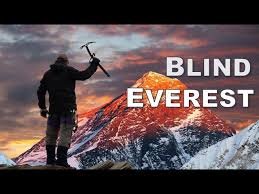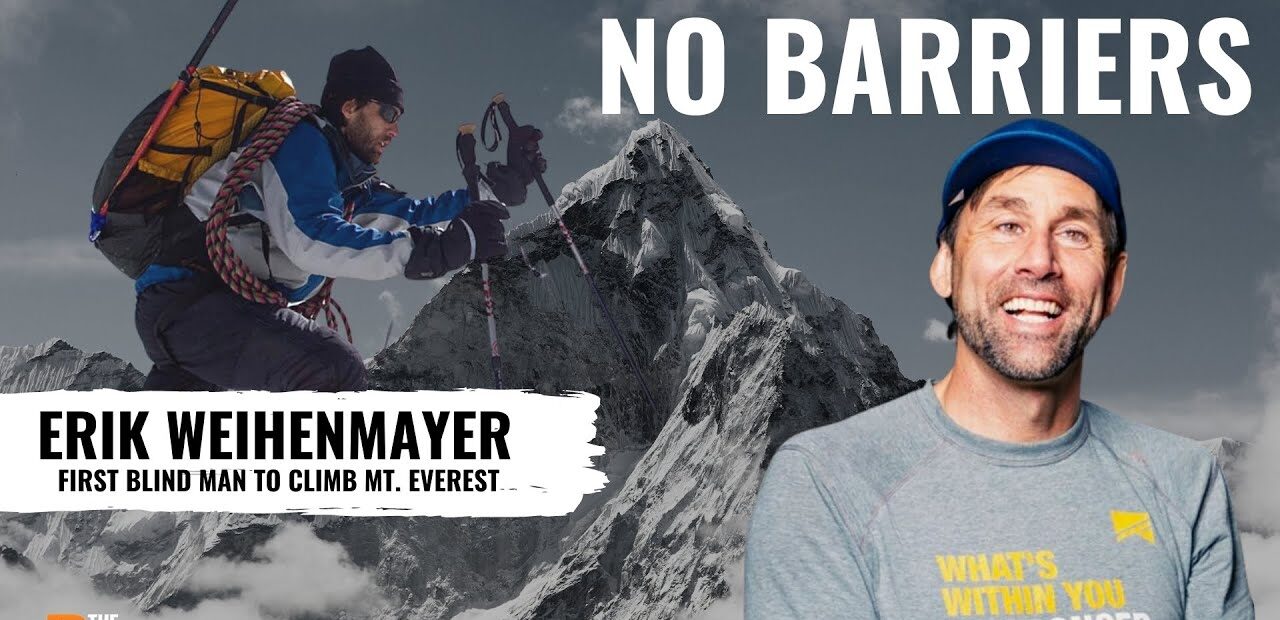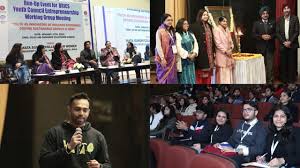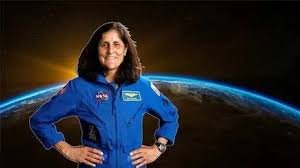First Blind Man to Summit Mount Everest: A Historic Achievement
In an inspiring feat of human determination and perseverance, the first blind man to successfully reach the summit of Mount Everest is a testament to what can be accomplished against all odds. The climber, Erik Weihenmayer, achieved this remarkable milestone in May 2001, shattering barriers not just for himself, but for countless others who face physical challenges. His journey to the summit has become an enduring symbol of courage and resilience.
Erik Weihenmayer’s Climbing Journey
Weihenmayer, who lost his sight due to a rare eye disease at the age of 13, did not let his disability hinder his passion for adventure. His journey began in earnest when he started rock climbing in his twenties. Over the years, he honed his skills, facing the physical and mental challenges that come with climbing at high altitudes. With the support of a dedicated team, Weihenmayer navigated the treacherous conditions of Everest, showcasing not only his skill but also the power of teamwork.
The Historic Summit
On May 25, 2001, Weihenmayer reached the summit of Mount Everest, becoming the first blind individual to achieve this remarkable feat. His ascent was not without difficulties; the extreme weather conditions and physical exhaustion were constant threats. However, his unwavering determination and the guidance of his climbing team allowed him to overcome these challenges. This landmark achievement not only marked a significant moment in mountaineering history but also served to inspire individuals with disabilities worldwide.
Impact on the Community
Weihenmayer’s successful climb has had a profound impact on the community of climbers with disabilities. His story highlights the possibilities available to those facing similar challenges, encouraging a more inclusive perspective on adventure sports. By sharing his experiences through talks and books, he continues to motivate others to pursue their passions, regardless of the obstacles they may face.

Why This News is Important
Breaking Barriers
The ascent of Mount Everest by Erik Weihenmayer is significant because it challenges societal perceptions about disabilities. By accomplishing this feat, Weihenmayer has become a role model, demonstrating that individuals with disabilities can achieve extraordinary goals, breaking barriers in various fields.
Inspiration for Others
Weihenmayer’s journey serves as an inspiration to many, particularly those with disabilities. His achievement has the potential to motivate countless individuals to pursue their dreams and embrace challenges, promoting a more inclusive society where everyone can strive for greatness.
Advancements in Accessibility
This milestone also highlights advancements in adaptive sports and climbing techniques that cater to individuals with disabilities. It encourages further development of resources and training for climbers who are blind or visually impaired, fostering a more supportive environment in adventure sports.
Awareness and Advocacy
Weihenmayer’s climb has brought awareness to the challenges faced by the blind and visually impaired in extreme sports. It advocates for improved accessibility and inclusivity in various activities, encouraging society to create spaces where everyone can participate.
Legacy of Determination
The story of Erik Weihenmayer stands as a legacy of determination and resilience. It reinforces the idea that with the right mindset, support, and training, individuals can surpass expectations and achieve greatness, regardless of their circumstances.
Historical Context
The history of mountaineering has seen many remarkable feats, but few have been as groundbreaking as Erik Weihenmayer’s achievement. Climbing Mount Everest, often referred to as the “Roof of the World,” has been a significant goal for many climbers since Sir Edmund Hillary and Tenzing Norgay first reached its summit in 1953. The mountain presents unique challenges, including harsh weather, extreme altitudes, and treacherous terrain, making any summit attempt perilous.
The inclusion of climbers with disabilities in this sport has evolved over the years, with increasing awareness and support for adaptive climbing. Weihenmayer’s ascent in 2001 marked a pivotal moment in this evolution, showcasing the capabilities of climbers with disabilities and leading to more inclusive practices in the climbing community.
Key Takeaways from “First Blind Man to Summit Mount Everest”
| Serial Number | Key Takeaway |
|---|---|
| 1 | Erik Weihenmayer became the first blind man to summit Everest in 2001. |
| 2 | His journey began in rock climbing and highlighted the power of teamwork. |
| 3 | The ascent challenges societal perceptions about disabilities. |
| 4 | Weihenmayer’s story inspires individuals with disabilities to pursue their dreams. |
| 5 | The achievement promotes advancements in adaptive sports and inclusivity. |
Important FAQs for Students from this News
1. Who is Erik Weihenmayer?
Erik Weihenmayer is an American climber who became the first blind person to summit Mount Everest on May 25, 2001. He lost his sight due to a rare eye disease at the age of 13 but pursued a passion for adventure and mountaineering.
2. What challenges did Weihenmayer face during his climb?
Weihenmayer faced numerous challenges, including extreme weather conditions, physical exhaustion, and the inherent risks associated with high-altitude climbing. He relied heavily on his climbing team for navigation and support.
3. How has Weihenmayer’s achievement impacted the climbing community?
His ascent has raised awareness about the capabilities of individuals with disabilities in adventure sports and has inspired many to pursue their goals regardless of physical challenges. It also led to advancements in adaptive climbing techniques.
4. What is the historical significance of Mount Everest in mountaineering?
Mount Everest, known as the “Roof of the World,” has been a significant goal for climbers since Sir Edmund Hillary and Tenzing Norgay first reached its summit in 1953. It represents the pinnacle of mountaineering challenges.
5. How can aspiring climbers with disabilities get involved in mountaineering?
Aspiring climbers with disabilities can seek out adaptive climbing programs, connect with experienced climbers, and participate in workshops that focus on skills development and safety in climbing.
Some Important Current Affairs Links


















